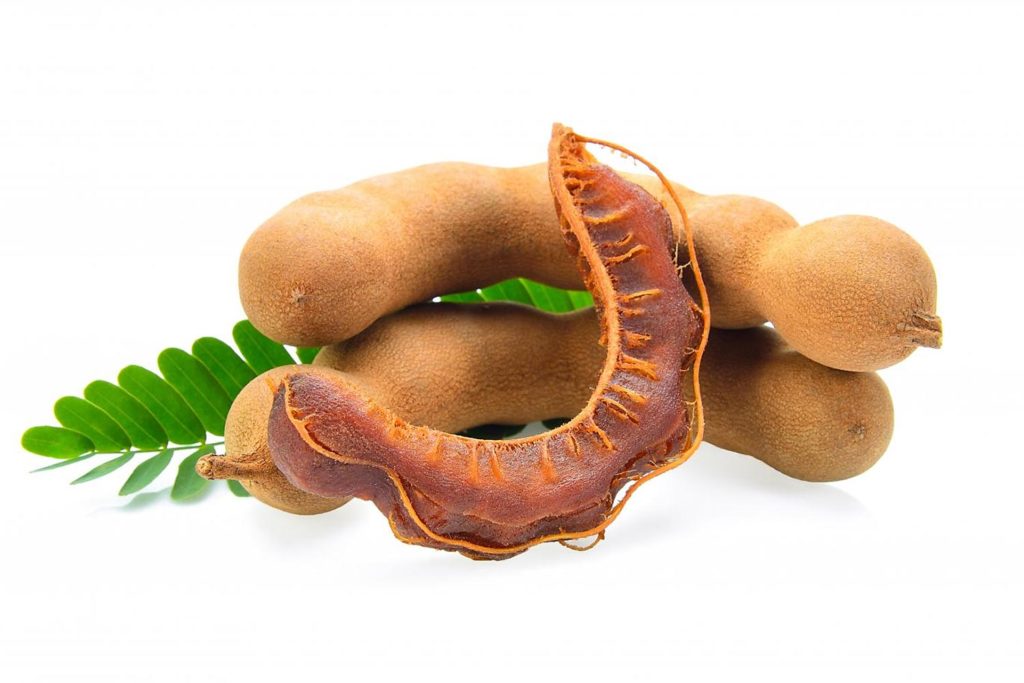The amount of carbohydrate present in food with the pace with which it increases your glucose levels is called the Glycemic Load. A simple way of making healthy diet choices is following the Glycemic Index. It helps make the comparison and helps you choose alternative sources of nutrients according to your blood glucose levels. Glucose leads to a higher blood glucose response in comparison to fructose.
Tamarind is a tropical fruit that is used in many dishes around the world. It also has several medicinal properties. It is a hardwood tree that produces bean pods filled with seeds that are surrounded by a fibrous pulp. The International GI Tables have suggested that the GI of Tamarind is 23. It is very therapeutic and needs more exploration.

Tamarind pulp has a variety of nutrients that can boost your health. These are:
- Magnesium
- Potassium
- Iron
- Calcium
- Phosphorous
- Copper
- Viatmin B1
- Vitamin B2
- Vitamin B3
How to Calculate Glycemic Load of Tamarind?
The standard Glycemic index of Tamarind is 23. The high glycemic index of the fruit helps in reducing the risks related to cardiovascular diseases. If we want to talk about diet, the key to prevent diabetes or any chronic illness is to distribute the carbohydrate consumption content throughout the day and manage the sugar levels in the body correctly—however, the glycemic load for one cup of Tamarind is 17.3 approximately which makes it well within the permissible levels of consumption.

The Formula/Procedure For Calculation of Glycemic Index of the Tamarind :
GL = GI * carbs / 100
where
- GL – glycemic load;
- GI – glycemic index;
- and carbs – the amount of carbohydrates in the portion.
| SL.NO | TAMARIND BY WEIGHT IN (g) | GLYCEMIC LOAD |
| 1. | 100 g of Tamarind | 13.3 (medium) |
| 2. | 250 g of Tamarind | 33.25 (high) |
| 3. | 500 g of Tamarind | 66.5 (very high) |
| 4. | 1 Kg of Tamarind | 133 (very high) |
| 5. | 1 Cup of Tamarind (150 g) | 17.3 (medium) |
Is Tamarind Safe to Consume If You Have Diabetes?
Diabetics can enjoy the tangy Tamarind. It is safe for consumption if you have a chronic condition. Tamarind has a low glycemic index, which means that it does not increase your blood glucose levels. Also, Tamarind is rich in fibre, among its other nutrients. These properties actively ensure that the sugar in the blood is released slowly and there are no sudden blood sugar spikes.
Can I Eat Tamarind During a Fat-Loss Diet?
You can eat Tamarind during a strict fat-loss diet. If you are looking for good results, you should avoid having more than 100 g of Tamarind per serving.

- A 100 g serving of tamarind has a GL of 13.3 which is in the permissible levels.
Can I Eat Tamarind During a Low-Carbohydrate Diet?
You can consume Tamarind during a strict low-carb diet. However, the portion size of Tamarind is something that you need to take into account. We suggest you not consume more than 100 g of Tamarind per serving.
Is Tamarind High in Sugar?
100 g of Tamarind has 53 g of sugar, which is certainly high. However, they are all-natural sugar and are not as harmful as added sugar. This would not impact your health in a bad manner and can definitely be consumed in moderation.